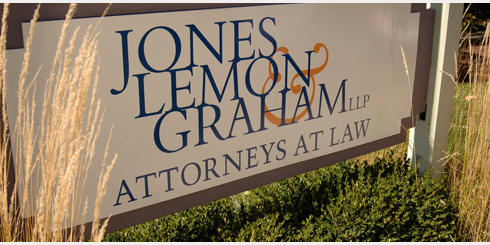Excess professional liability insurer must pay post-judgment interest as “sums” the insured “shall become legally obligated to pay as damages”
by Christopher Graham and Joseph Kelly
Ragins v. Hospitals Insurance Company (Ct. Appeals NY Dec. 17, 2013)
This case addresses excess and primary professional liability insurers’ obligations for post-judgment interest on a malpractice judgment against a physician.
The primary policy’s limit was $1 million. The judgment against the insured was $1.1 million. But after the primary’s insurer’s liquidator paid $1 million and the excess insurer paid $100,000, the trial court amended the judgment to add in costs and interest. The excess insurer paid only it’s proportional share of interest – on the $100,000 judgment exceeding the $1 million primary limit — rather than on the full $1.1 million judgment.
After the insured sued the excess insurer, the trial court agreed with the insured that the excess insurer should pay all interest and costs exceeding the $1 million primary limit. The intermediate appeals court reversed, agreeing with the excess insurer that it was only responsible for proportional interest. But the highest appeals court reversed.
The primary policy limited that insurer’s liability to $1 million. It also included a “supplementary payments” section. But that section obligated “the primary insurer to pay post-judgment interest only ‘before’ it has ‘paid that part of the judgment which does not exceed the limit of the company’s liability thereon, . . . .'” The primary insurer had “no responsibility for interest after paying the $1,000,000 liability limit.”
The excess policy required payment of “all sums in excess of the limits of liability of the Underlying Policy” and which the insured “shall become legally obligated to pay as damages.” Neither “Sum,” nor “damages” was defined. Under dictionary definitions — “sum” means “indefinite or specific amounts of money” and “damages” means “the sum of money which the law awards or imposes as pecuniary compensation, recompense, or satisfaction for an injury done or a wrong sustained as a consequence either of a breach of a contractual obligation or a tortious act.”
Explaining why the excess insurers must pay the interest, the court stated: “By those definitions, interest included in any judgment against [the insured] constitutes a ‘sum’ of money that is traceable to the judgment against him for ‘damages’ in satisfaction of the wrong he caused to an injured party. Therefore, if that pre-judgment interest is ‘in excess’ of the primary policy’s $1,000,000 liability limit, [the excess insurers] must pay it.”
“And, although the excess policy does not specifically mention interest as a covered ‘sum’ of ‘damages,’ that is of no moment because the excess policy does not limit the definition of ‘sums’ to any particular category of damages or liability, or otherwise exclude interest from its reach.”
So the moral of the story: If you’re an excess insurer and don’t want to pay interest, you better do better than the policy wording here. You may think that interest isn’t a “sum” your insured is “legally obligated to pay as damages.” But don’t be surprised if a court believes otherwise. Be specific in excluding interest if that’s really what you want. But any insured or broker paying close attention to your interest-exception for coverage presumably will go elsewhere for coverage.
Tags: New York, professional liability, excess, interest

